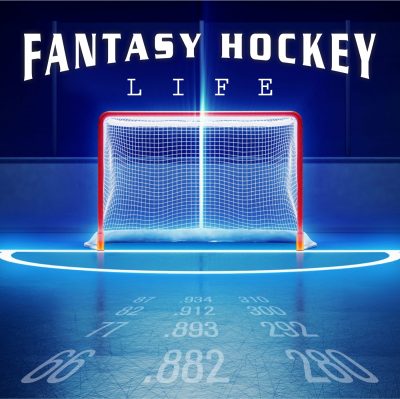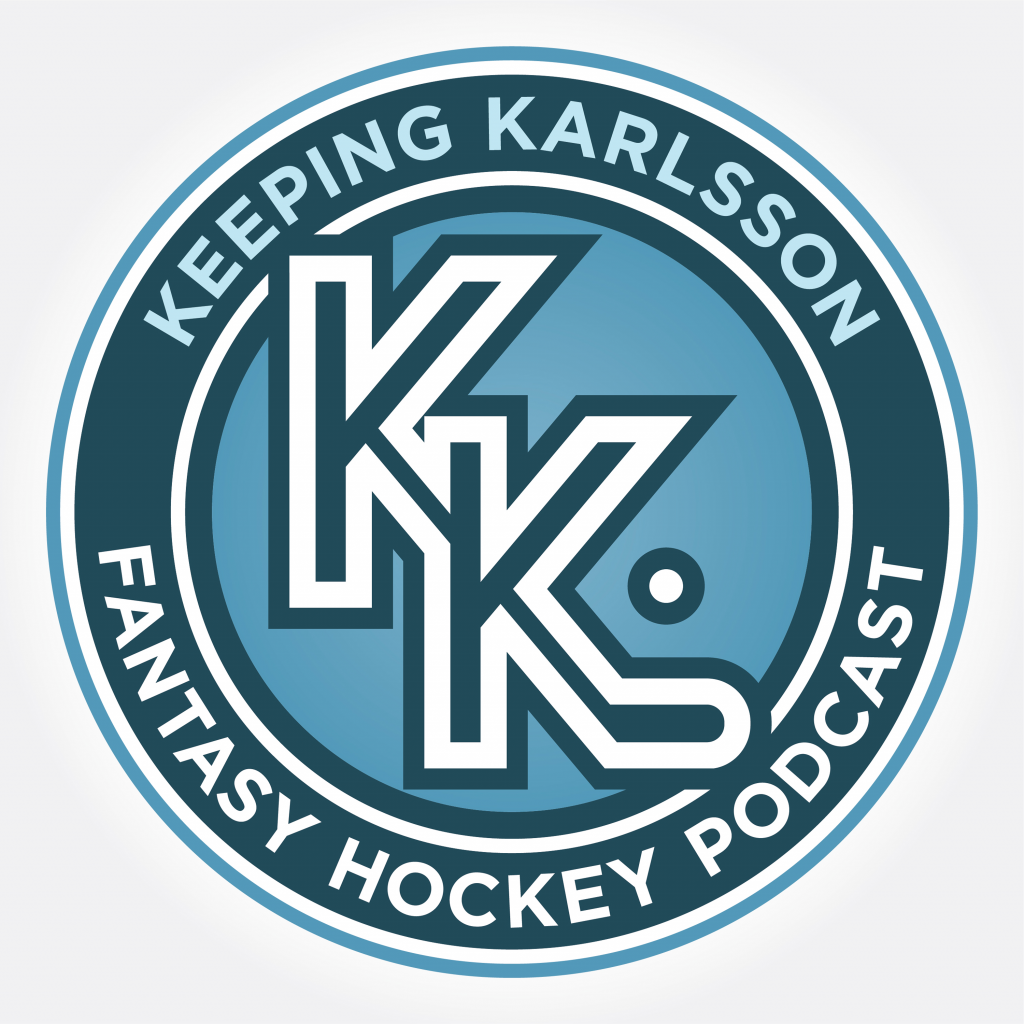Welcome back to The Journey, where we track the development of prospects as they excel in junior, make the NHL, and push towards stardom.
****
No one drafts a player expecting them to fall short, but the risk of unmet expectations is always looming. The real challenge is figuring out when to stick with a player and when to cut bait. It is easy to lose patience, but some players simply need time to hit their stride. That's the focus of today's edition. Navigating the crossroads of prospect development. Even with the NHL’s influx of young stars, many players still require 4-5 years to realize their potential. The key is knowing who is worth the wait and who is not. In fantasy hockey, patience might just be your greatest weapon. This week, I am covering a few players early in their NHL journeys. Enjoy!
Zack Bolduc – St. Louis Blues
Bolduc entered the league with strong offensive pedigree, having posted back-to-back 50-goal seasons in the QMJHL. His transition to the NHL has required more patience, both in terms of physical readiness and adapting to the pace and demands of the pro game. In his rookie NHL season, Bolduc suited up for 25 games, recording nine points while averaging 12:01 in ice time. Despite the limited opportunity, Bolduc showed flashes of offensive touch and a willingness to push play in transition, though he often lacked the puck support necessary to sustain pressure in the offensive zone.
Bolduc primarily skated on the third and fourth lines, often alongside Jake Neighbours and Kevin Hayes, where offense was limited and matchups were challenging. When given a brief stint higher in the lineup, including some shifts with Robert Thomas or Brayden Schenn, he looked more confident. He has the tools to be effective in a scoring role, but is not well-suited for a classic checking line.
One of the most noticeable aspects of Bolduc's game is his skating and shot. He has a quick first step and strong edgework that allows him to cut into the middle or create separation off the rush. His shot remains a standout tool, a quick, deceptive release with the ability to beat goaltenders from medium danger areas.
This year he played nearly a full season (72 games). In roughly the final 20 games of the season, Bolduc saw a slight uptick in usage seeing an increase in his ice time and occasionally he has been promoted to the top power-play unit with Thomas, Kyrou and Neighbours. On the Blues’ roster, which features a mix of veterans and a need for scoring depth, Bolduc is one of the few young forwards knocking on the door.
Despite playing limited time on the man-advantage this year he has managed to put up 12 power play points, hinting as a solid option going forward. Bolduc currently projects as a middle-six winger who can contribute secondary scoring and help on the power play, but the raw tools of his shot, skating, offensive instincts are all there. When he is put with the right linemates you can see the elevation in his game. As St. Louis shifts from its veteran core, his role could grow quickly.
Jackson Blake – Carolina Hurricanes
Blake's time in the NHL this season, while limited in sample size, has provided an early look at how his game is tracking at the highest level. Through his first eight games with the Hurricanes, he recorded two assists while averaging 11:38 in ice time. His deployment leans heavily toward the offensive side with minimal usage on special teams, which is expected for a younger forward, though he did earn a short look on the second power-play unit and as the season progressed, he has seen a promotion to the first unit.
The offensive instincts are evident, but the defensive game is still a work in progress. He gives up more scoring chances than most forwards on the Hurricanes, but effort is not the issue, as he backchecks hard and stays engaged. More often than not, it is his lack of size and strength that shows up in those lost defensive battles.
Carolina has traditionally taken a measured approach when integrating young forwards, often placing them in structured bottom-six roles before expanding responsibilities. However, circumstances this season have forced their hand. The trade of Martin Necas and the failed attempt to keep Mikko Rantanen have left a glaring hole in the top six. Even with Logan Stankoven coming over in the Dallas deal, the Hurricanes have needed to accelerate development for a few of their young pieces.
We know Rod Brind'Amour prefers to roll balanced lines and evenly distribute minutes, but since the trade deadline, Blake has seen a clear increase in both time on ice and overall usage. He has been skating alongside Seth Jarvis and Sebastian Aho, the de facto top line, as any unit Aho centers is automatically elevated to that level.
Blake is beginning to show he belongs in a top-six role within this lineup. He is not going to be a line driver in the mold of Aho or Svechnikov and does not need to be just yet, but he fits the profile of a complementary winger who can elevate a line with his offensive-zone vision. His ability to maintain puck control fits Carolina's system and bodes well for his long-term upside. Size remains the obvious limiting factor, but if he continues to build strength, he will be better positioned to handle the grind of consistent top-six minutes, especially come playoff time. That said, his speed, anticipation, and skillset already help offset some of those physical limitations.
Shane Wright – Seattle Kraken
Wright's pro journey began with a modest start, some time in the AHL, a brief NHL look, however this season he returned to Seattle with a clearer role and more confidence in his game. The Kraken eased him into the lineup in a depth role to help him adjust to the NHL pace. It looks as if that strategy paid off. Wright suited up for 80 games and put together a strong season, finishing with 19 goals and 25 assists for 44 points.
Wright spent most of the year centering the second or third line. With Matty Beniers and Chandler Stephenson holding down key center roles, his top-six usage was capped. Seattle's forward structure complicated things further. The Kraken lean heavily into a four-line system, which tends to flatten opportunity across the lineup. Outside of core pieces like Joey Daccord, Vince Dunn, and Jared McCann, the forward group saw regular shuffling. Wright was no exception, he moved around depending on matchups, which made him tough to count on consistently in many fantasy formats.
Despite that, Wright's stock climbed throughout the second half of the season. He became a savvy pickup in deeper leagues and a trade target in dynasty setups, as managers started projecting his breakout potential. There is plenty of reason for optimism. He posted a 20.9% shooting percentage, a number that will likely dip, unless he increases his shot volume.
That said, his usage on the power play was encouraging. He averaged close to two minutes per game with the man advantage, appearing in over 40% of Seattle's total PP opportunities and recording 13 points on special teams. His IPP sat within a healthy range, and although his PDO was slightly elevated, it did not suggest unsustainable puck luck.
Could a slump next season be on the table? Sure. A dip in shooting percentage without a bump in volume could lead to some regression, however, he has adapted well to the NHL game, and the Kraken have managed his development effectively. Given his positive trajectory and the likelihood of increased deployment next year, a regression seems unlikely, he is more likely to take another step forward than a step back.
–
Thanks for reading! See you next week. For more content/fantasy hockey analysis, or if there’s a prospect, you’d like me to cover, follow and message me on X @Punters_hockey.


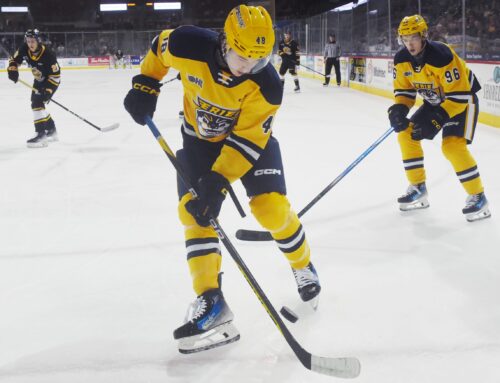
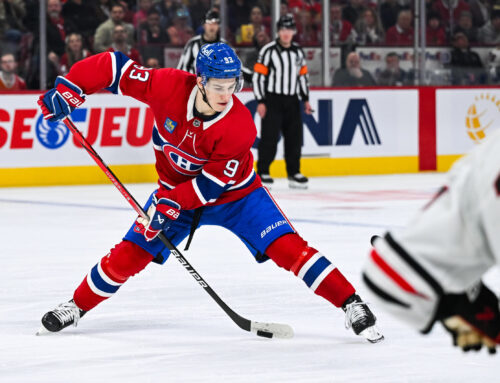
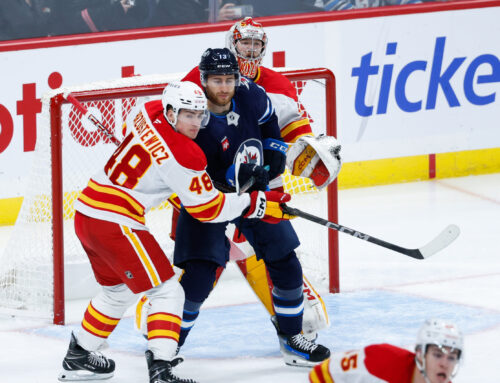
 VAN
VAN UTA
UTA BUF
BUF NYI
NYI WSH
WSH MIN
MIN ANA
ANA ARI
ARI